Transcription of IPC-TM-650 TEST METHODS MANUAL
1 1 ScopeMoisture absorption can cause delamination orother damage in printed boards subjected to soldering test is a process control tool to determine both the bulkmoisture content and moisture absorption rate of a printedboard. It may be used to determine whether the specimenconforms to the monitoring level of the user s performancespecification, to assist in process development, or for processcontrol. This test may not provide accurate analytical resultson all specimens, depending on the thickness of the item, thepresence of copper layers or other moisture barriers within thestructure, or the presence of any volatile compounds otherthan water. The weight of the specimen is compared beforeand after a bake operation. The bake is intended to removemost of the water (> 90%) from the sample, and the bake timeand temperature specified herein are minimums. To improvetest accuracy, or to prevent heat damage, other bake param-eters may be as agreed between user and supplier (AABUS).
2 2 Applicable DocumentsIPC-QL-653 Certification of Facilities that Inspect/TestPrinted Boards, Components and Materials3 Test SpecimensThis test may be applied to actual printed boards. If the itemis too large to be weighed easily, a representative sample orcoupon may be used. The sample may be sectioned from alarger printed board or assembly ( , a scrapped item), pro-vided that the sample represents the features and construc-tion of the whole. The sample should be sized based on themass capacity and physical dimensions of the analytical bal-ance. If a coupon is used, it must include features and con-struction similar to the item that it represents, including similarcontent and distribution of copper, and must have been sub-jected to the identical processing environments and condi-tions. It should be realized that the use of a representativecoupon excised from a larger printed board may result inexposed laminate edges that will result in a slightly differentabsorption rate than the actual printed air oven capable of maintaining a uniformtemperature of 105 +5 C/-0 C (221 +9 F/-0 F).
3 Nitrogenatmosphere (inert) or vacuum is not required, but will promotedrying and improve accuracy of the balance capable of determining the testsample/coupon weight in grams to 4 places of accuracy( ) is required. Precautionsshallbe taken to ensurethat the analytical balance test location is not compromised byvibration or air drafts. If the test samples are functional printedcircuit boards with embedded active devices, ESD require-ments appropriate to handling these circuit boardsshallbefollowed. The analytical balanceshallbe calibrated in accor-dance with , tongs or equivalentshallbe used to handlethe test sample/coupons to prevent handling tweezersshallbe cleaned prior to each test sample/coupon weighing used when handling the test samples/coupons to prevent handling contamination. The glovesshallnotcontribute any contamination material on the Initial WeighingThe weight of the test sample/couponshallbe determined to the nearest and BakeThe test sample/couponshallbe baked for 24hours at 105 +5 C/-0 C (221 + 9 F/-0 F), unless :The intent of this bake is to remove at least 90% of themoisture from the sample.
4 Printed boards that are very thick,have solid copper planes, or that are especially saturated withmoisture (which may be bound deep within inner layers) mayrequire longer bake times and/or higher Post-Bake WeighingAn extremely rigid post bakeweighing regimen must be strictly followed to accuratelydetermine the test sample/coupon absorption rate. The ana-lytical balance measurement stationshallbe organized toprevent any interruption of the post bake weighing :1. The test sample/couponshallbe removed from the circu-lating oven and transferred immediately (within 2 minutes)to the analytical balance measurement Each test sample/couponshallbe placed on the analyti-cal balance and allowed to dwell for 15 seconds, and then3000 Lakeside Drive, Suite 309 SBannockburn, IL 60015-1249 IPC-TM-650 TEST METHODS Content and/or Moisture Absorption Rate,(Bulk) Printed BoardDate08/2010 RevisionOriginating Task GroupBoard Storage and handling Subcommittee (D-35)Material in this Test METHODS MANUAL was voluntarily established by Technical Committees of IPC.
5 This material is advisory onlyand its use or adaptation is entirely voluntary. IPC disclaims all liability of any kind as to the use, application, or adaptation of thismaterial. Users are also wholly responsible for protecting themselves against all claims or liabilities for patent referenced is for the convenience of the user and does not imply endorsement by sample/coupon weightshallbe recorded to the near-est g. Note that the sample/coupon weight will notsettle measurements characterize the bulk moisture contentof the test samples. If the moisture absorption rate is desired,continue with process steps 3 through 5:3. Measure and record ambient temperature and relativehumidity at the analytical balance measurement The test sample/couponsshallremain at the analyticalbalance measurement station for 15 minutes +1/-0 min-utes and procedure steps 2-3shallbe Repeat step 4, taking measurements at 15 minute inter-vals, for at least 4 :The ambient temperature and humidity, the frequencywith which ambient conditions are recorded, the measure-ment intervals between weighings and the number of weigh-ings may be adjusted CalculationsCalculate the bulk moisture content usingthe following equation:Moisture Content(%)=((Initial Weight) (Post Bake Weight)(Post Bake Weight))X 100 Calculate the moisture absorption rate by plotting the bulkmoisture content versus time using the data recorded in Pro-cedure steps 3 through 5 of.
6 Metals do not absorb moisture, and metal content inthe specimen will affect the accuracy of this determination. Ifcopper or other metals are likely to exceed 20% of the weightof the specimen, this weight should be determined or esti-mated, and subtracted from both the Initial Weight and thePost-Bake Weight in the formula above. This correction factorshallbe ReportReport the bulk moisture content or moistureabsorption rate for the Content and/or Moisture Absorption Rate, (Bulk)Printed BoardDate08/2010 RevisionPage2of2
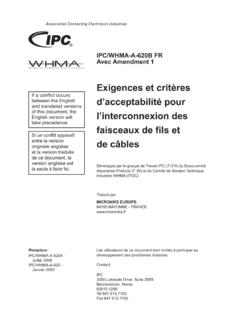
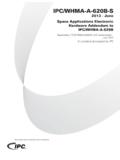
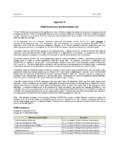
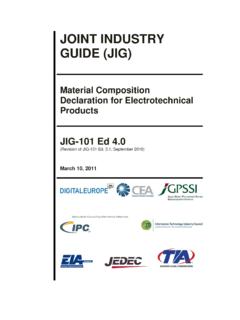
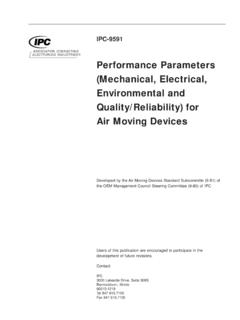
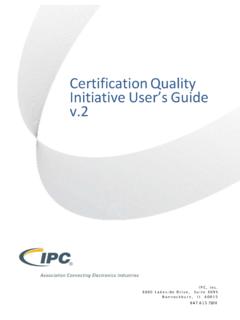
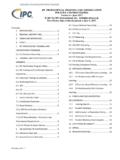
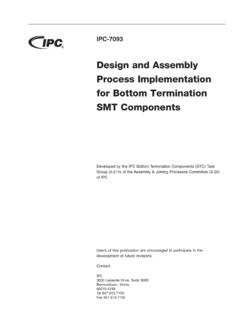
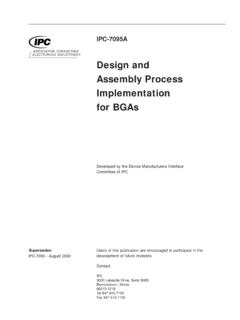
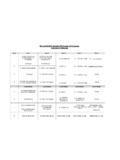
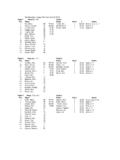
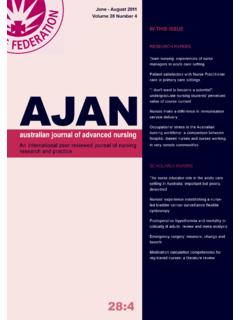
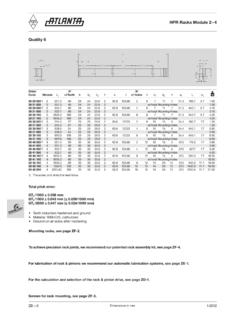
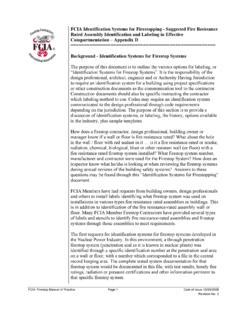
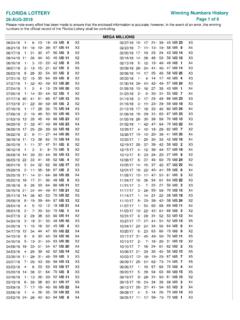
![[2009] ZACC 28 - Southern African Legal …](/cache/preview/8/9/c/8/5/c/d/3/thumb-89c85cd387403d54f908af632d1a1e7c.jpg)